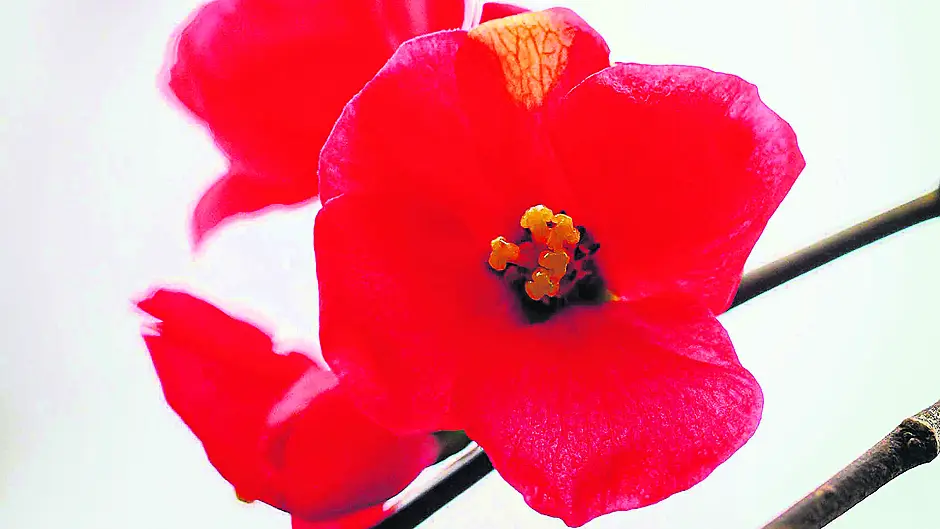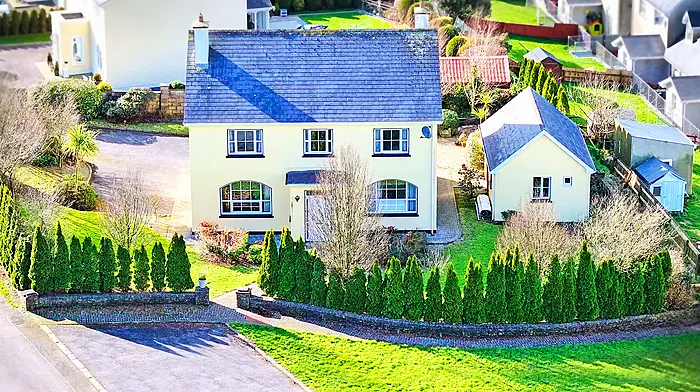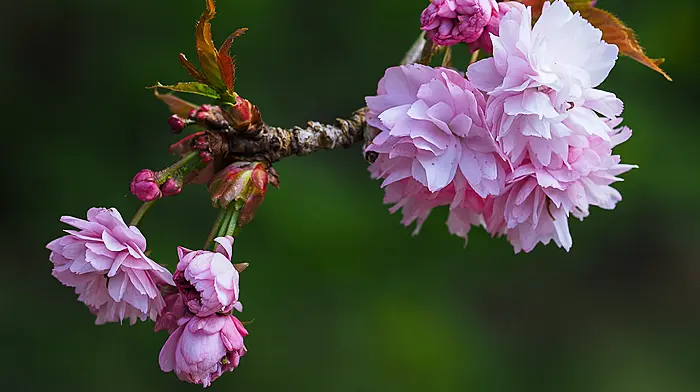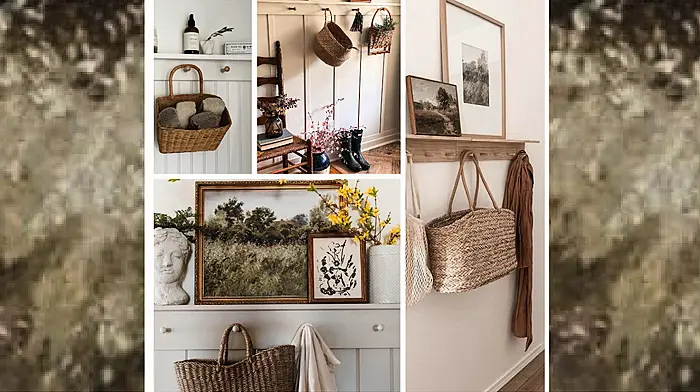BY JOYCE RUSSELL
I GREW a rambling quince tree from a fallen fruit many years ago. It has never grown very tall, but its branches twine through other bushes and help form a lovely arch. The small tree looks pretty through the summer when it is dotted with ripening fruits. The flowers are spectacular now, with deep red blooms covering the bare branches. This delicate scatter of colour is welcome at this time of year and it signals the start of the fruit blossom season with cherries, pears and apples all about to follow suit.
The fruit on this tree is very bitter. You can choose varieties that have better flavoured fruits and some are fine to eat fresh as well as cooking into jams and jellies.
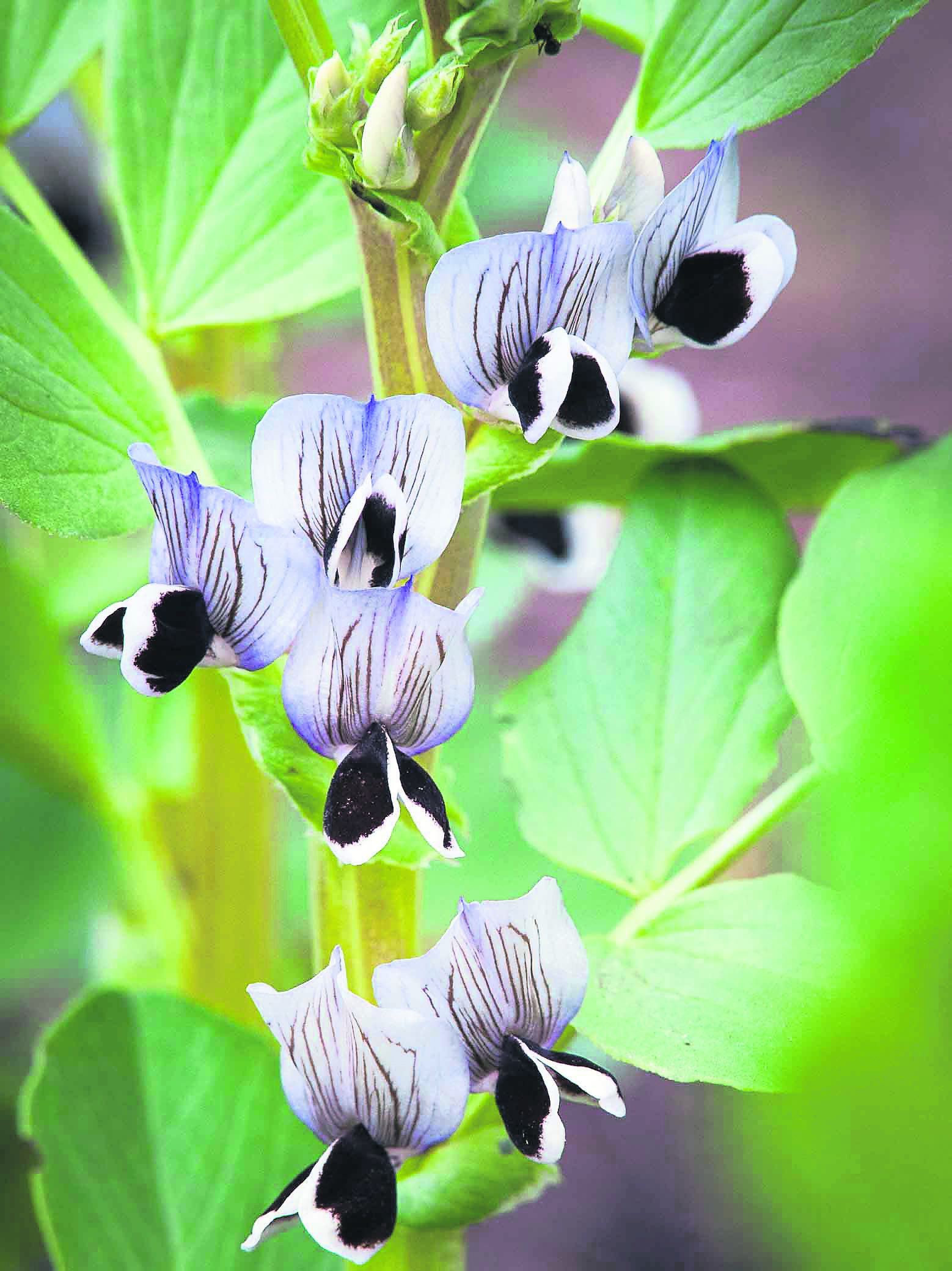 Broad bean flowers are setting tiny pods.
Broad bean flowers are setting tiny pods.
Beetroot
If you sowed seed in trays or cells at the start of March, then the plants should have leaves that are a couple of centimetres tall by now. They are ready to go out in the garden bed, even though they may look small. Beetroot always does best outdoors through the summer. Dig a bed over and add some compost or well-rotted manure if you have it. Beetroot aren’t greedy plants so you don’t need to add too much.
Some seed is sown as clusters, where a few seedlings grow from each seed ball. Boltardy falls into this group. Modern F1 varieties are usually bred to produce one seedling from each seed ball. I plant out so there are a couple of seedlings at each planting point and these go about 12cm apart in the row. This technique will grow way more plants in the row than you want, but it allows for some to be eaten, some to fail, and after that you can thin out what’s left when leaves are 10-15cm tall.
Cover the row on frosty nights so plants aren’t set back while small. They are pretty hardy, but you don’t want lots of stops and starts to growth or plants will be more likely to bolt.
Think about beans
There’s nothing quite like the scent of a row of broad beans in flower. The heady sweet scent is clearly attractive to bees as well. My row of flowering beans is buzzing on any fine day and as lower flowers shrivel and fall, there’s a tiny green pod formed behind each one. These will grow quickly provided the ground is kept damp ¬– all peas and beans produce better crops if roots aren’t running through dry soil. The first small sweet beans will be ready to eat in May.
If you sowed French beans in March, the young plants should have popped through by now. Get small plants out of small pots and into the ground as soon as you can. All beans hate being rootbound and do best when planted out, even if they look small. These early sowings do best in a polytunnel or greenhouse. Protect plants from slugs and snails and cover with an extra layer of horticultural fleece if you can. This extra layer protects vulnerable plants from cold nights and also from bright sun. You don’t want to put too much stress on small plants, although they will be more able to take temperature swings once they are settled in for a week or two.
 Plant French beans out in the polytunnel or greenhouse.
Plant French beans out in the polytunnel or greenhouse.Prepare the tomato bed
I don’t plant tomatoes out in the polytunnel until the end of the month. At 500+ ft above sea level we can still get many frosty nights up here. I do like to get the bed ready in plenty of time, even if it stands empty until the planting moment is right.
A tomato bed should never be prepared in a rush. You may think you can sort things later, but it is always good to start out early and do the best that you can. Tomatoes crop heavily and for a long time. They need plenty of nutrients so dig some rotted manure into the soil.
• Dig out a hole for each plant and fill these with water, let this drain and then repeat until the topsoil and subsoil are wetted throughout. I put holes 50cm apart in each row with 90cm between rows.
• Then you put a cane or strong tall stick into each hole – push these well into the ground so they are stable and strong.
• Fill each hole with well-made compost from the garden heap and add in a sprinkle of fish blood and bone meal before covering with some of the dug-out soil.
• Level soil out over the bed and add a scatter of seaweed meal, or some of the fresh stuff, to the top of the bed. You’ll be all ready to put a plant next to each pole when they are the right size and temperatures are settled.

